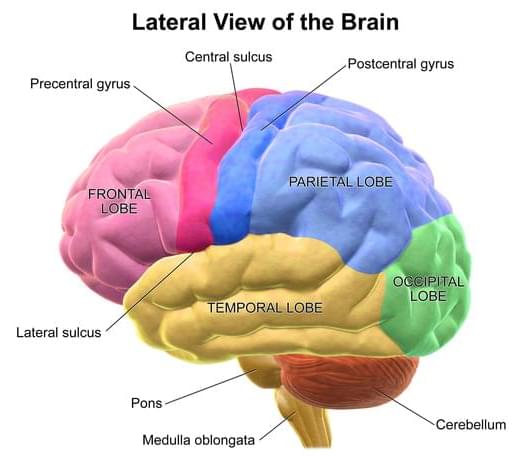Attention schema theory has some plausibility.
Lately I’ve been reading up on global workspace theory (GWT). In a survey published last year, among general consciousness enthusiasts, integrated information theory (IIT) was the most popular theory, followed closely by GWT. However, among active consciousness researchers, GWT was seen as the most promising by far (although no theory garnered a majority). Since seeing those results, I’ve been curious about why.
One reason might be that GWT has been around a long time, having first been proposed by Bernard Baars in 1988, with periodic updates all recently republished in his new book. It’s received a lot of development and has spawned numerous variants. Daniel Dennett’s multiple drafts model is one. But perhaps the one with the most current support is Stanislas Dehaene’s global neuronal workspace, which I read and wrote about earlier this year.
All of the variants posit that for an item to make it into consciousness, it has to enter a global workspace in the brain. This is most commonly described using a theater metaphor.
